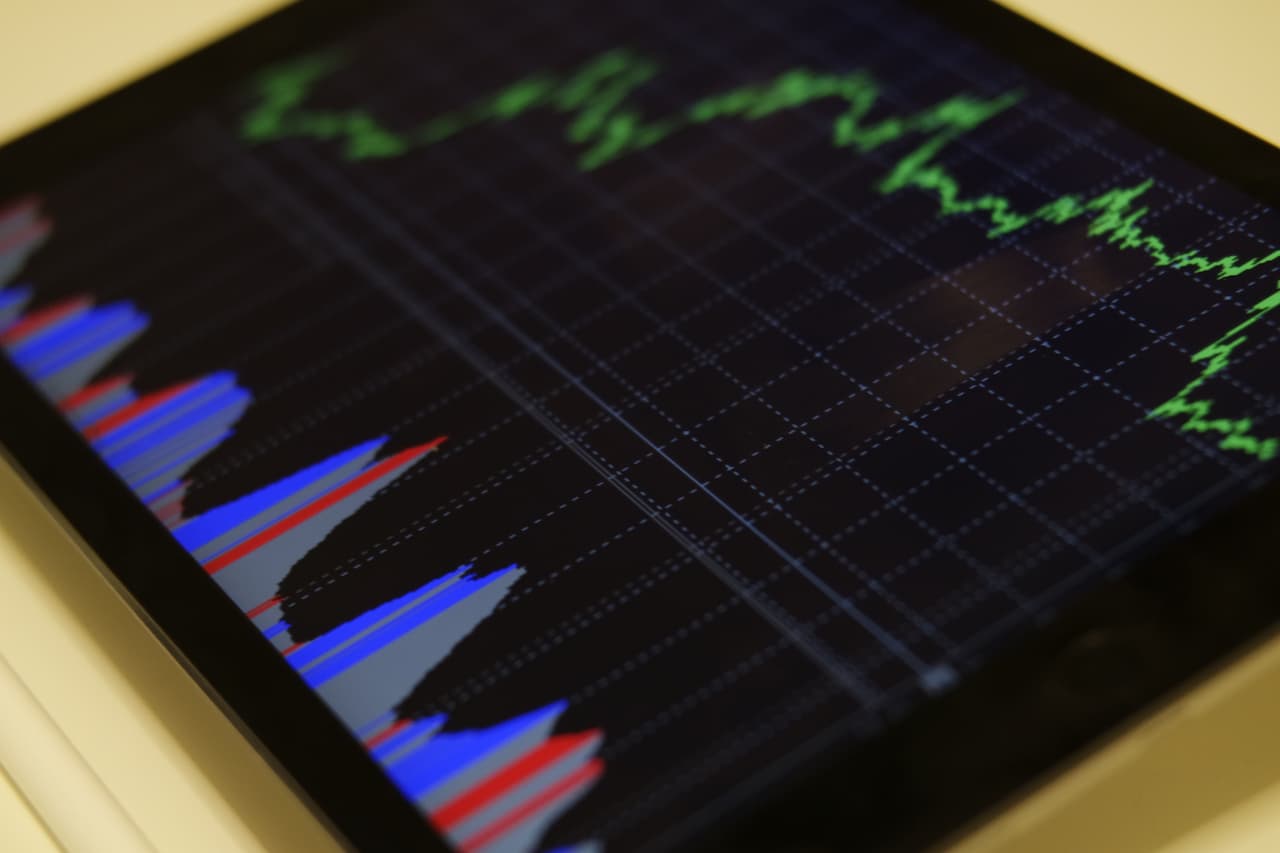
The worldwide fintech sector has had an incredible spike in growth during 2021. The worldwide investment in the financial technology industry has reached a total of $210 billion, with 5,684 deals. The V-shaped recovery was seen in the financial technology industry after the pandemic was brought about by COVID-driven contactless transactions, maturing technologies, and limited business options for traditional banks. The growth of fintech applications is also helped by loosening up certain restrictions that must be followed.
7 Fintech Application Types
In financial technology, there are various software applications that facilitate digital transactions. Fintech is an umbrella term that covers a variety of software solutions that facilitate digital transactions. When developing a fintech application, the core functionality and general development path will be determined by the type of your company solution.
Budgeting and Financial Planning Applications

Users of personal financial management apps, also known as customer finance apps, get assistance more effectively managing their budgets and tracking their expenses. Customers get a comprehensive view of their income-to-expense ratio. They can plan their expenditure due to the use of these kinds of fintech applications. Many even divide your expenditures into several categories, enabling you to track precisely where your money is going. Over 60% of smartphone owners have at least one personal financial app, according to research conducted by CustomerThink.
Cryptocurrency Trading Applications
A recent rise in demand for blockchain-based services has resulted in a global spendings of $6.6 billion. Applications that work with cryptocurrencies account for most of the marketplace and make buying, selling, and digital trading currencies easier. The demand for apps in this category is very sensitive to fluctuations in cryptocurrency values and the decentralized market in general.
Mobile Payment Applications
Everything has never been simpler when it comes to making purchases and payments. Users can simplify cashless purchases by adding their credit or debit cards to mobile payment applications, which may be downloaded for free. Therefore, payment applications enable users to complete UPI (Unified Payments Interface) transactions even when they do not have any physical money or cards on them. The ever-increasing popularity of these applications will continue to rise far into the foreseeable future, as the number of wallets serving at least one billion users is projected to increase by 27% between 2020 and 2025.
Application for Mobile Banking
The number of people using banking applications is rising, which is only expected to continue. In 2021, over 76% of American adults used the mobile banking app provided by their main bank for day-to-day banking activities.
Insurance Applications
When it comes to insurance, becoming mobile means streamlining processes like payments, claim to file, and other insurance-related operations. It is anticipated that the expansion of the insurance technology industry will continue and reach $10.14 billion by the year 2025. This progress in the industry is supported by the rising quantity of insurance claims and the expanding quantity of life insurance coverage. According to McKinsey’s research, most insurance companies are now focusing on digital transformation to lower their operating expenses.
Lending Applications
It is anticipated that the worldwide market for online lending platforms will rise from $5.58 billion in 2019 to $20.31 billion by 2027. In addition, the overall transaction value in the sector is projected to increase by 344.5 billion dollars in 2022. The peer-to-peer network that serves to amplify the applications is a resounding testimony to the traction successes obtained by alternative lending. Users avoid dealing with conventional financial institutions and may get a loan relatively easily in a matter of minutes.
Investment Applications
Investing is also going strong on mobile devices in the year 2022. In 2021, the number of app downloads for e-trading hit an all-time high, with Robinhood achieving more than 3 million downloads. The business model of such digital products provides consumers with enhanced access to stock markets and a more in-depth look at their investment portfolios.
Fintech App Development Trends for 2022
When developing a financial technology application, it is not sufficient to just be familiar with the type of product you want to launch. In 2021, the sector had enormous expansion due to several growing technologies. The rise in the financial investment industry, in turn, resulted in the emergence of new solutions and services that are founded on some of the most cutting-edge technologies. Now, let’s look at the technological wonders your clients anticipate finding in your financial product.
Blockchain
The widespread use of distributed ledger technologies like blockchain is largely responsible for driving the present financial revolution forward. Blockchain, because of its decentralized and irreversible nature, has the potential to disrupt old financial activities and turn them into transparent transactions that are built on secure and speedy procedures.
Artificial Intelligence
Artificial intelligence is an important component of almost all digital solutions, including financial systems. Therefore, the market price of AI in fintech was $7.91 billion in 2020, and it is expected that this value will reach $26.67 billion by 2026. The application area for intelligent systems in the financial technology industry is enormous. Trading operations can be optimized with artificial intelligence, and the personalized customer experience can be improved. Examples of this include churn prediction, fraud detection, and optical recognition.
Big Data
Nowadays, 66 percent of consumers expect that businesses will understand their needs. The information that may be gleaned from Big Data in the field of fintech is the source of consumer empathy. The latter is made by the transactions, credit scores, and other financial instruments available inside the app. With this information, companies can better anticipate their customers’ activities, make necessary changes to bank policies, and formulate strategies for growth.
Microservices
In conclusion, you should consider using microservices as your fintech app’s architecture if you want it to be both quick and reliable. Microservice architecture is distinguished by a novel database design that, in comparison to that of legacy system architecture, facilitates faster scalability.
Core Features for a New Fintech App
The success or failure of your financial product might be directly correlated to the optimal mix of technology. We have compiled a list of the most popular features found in most financial technology apps so that you can more easily address the issue of how to build your own fintech app.
Confidentiality and Security
When developing any fintech application, it should be your priority to ensure it complies with the necessary security standards. In addition, the financial industry is very susceptible to data breaches, and the consequences associated with data leaks costs continue to rise. Your solution has to be integrated with identity verification and authorization systems to meet the requirements for security compliance. The most effective forms of security currently available are biometric and two-factor authentication. In addition, keeping attackers at bay requires thorough testing, API security, and payment blocking.
Integration of Payment Gateways
To support cashless transactions, your solution must depend on certain payment mechanisms. Your application will be able to handle transactions with the help of Stripe, PayPal, or Braintree if you use a ready-made payment gateway. Bank application programming interfaces (APIs) enable apps to access financial services without requiring the application developer to have their own banking license.
Alerts and Notifications
Any kind of application should include the push notification capability. This function enables companies to communicate directly with their clients and offer them up-to-date information about the services they now get. A further benefit of using alerts is that they enable brands to engage consumers with carefully selected content, increasing revenue and strengthening client loyalty.
Data Visualization and Reporting
When the app first greets the user, it must provide all essential information on a single screen. The user will have a comprehensive grasp of their assets, spending, and incoming transactions if they do it in this manner. Nevertheless, the reporting tool must be constructed with usability from the beginning.
AI Chatbots
AI-powered voice assistants can reduce customer support representatives’ workload while efficiently mapping the user journey. While interacting with consumers, in-app chatbots have the ability to both up-sell and cross-sell additional financial services. Last but not least, intelligent assistants boost user engagement and allow your software to stand out from the competition.
API Integration
APIs, which stand for application programming interfaces, establish an environment in which software developers and businesses both benefit. Because these protocols make it possible for two software components to exchange data, your program will not need any new features to be developed. For instance, API integration allows consumers to access the information stored in their bank accounts or make a purchase via the PayPal payment system.
Scanning of QR Codes and Card Numbers
Your application should be enhanced with the use of optical character recognition. Users can scan their credit and debit cards using this technology rather than manually entering their information. Card number scanning allows users’ payment data to be connected with the app’s functionality, encouraging them to make more purchases.
Fintech is the Future
One of the areas of today’s global business that is expanding at the quickest rate is the financial technology industry. Blockchain, artificial intelligence, and other technological advances are the linchpins of the financial world, and they will continue to change it. Transactions are made easier by mobile apps since they put this tech combination right into consumers’ pockets and bring it all together. However, developing a fintech app is a tough endeavor that calls for hands-on knowledge and the industry’s finest security practices.
Send us a message if you have any more questions about the process of developing fintech applications, and our experts will respond to your inquiries as soon as possible.